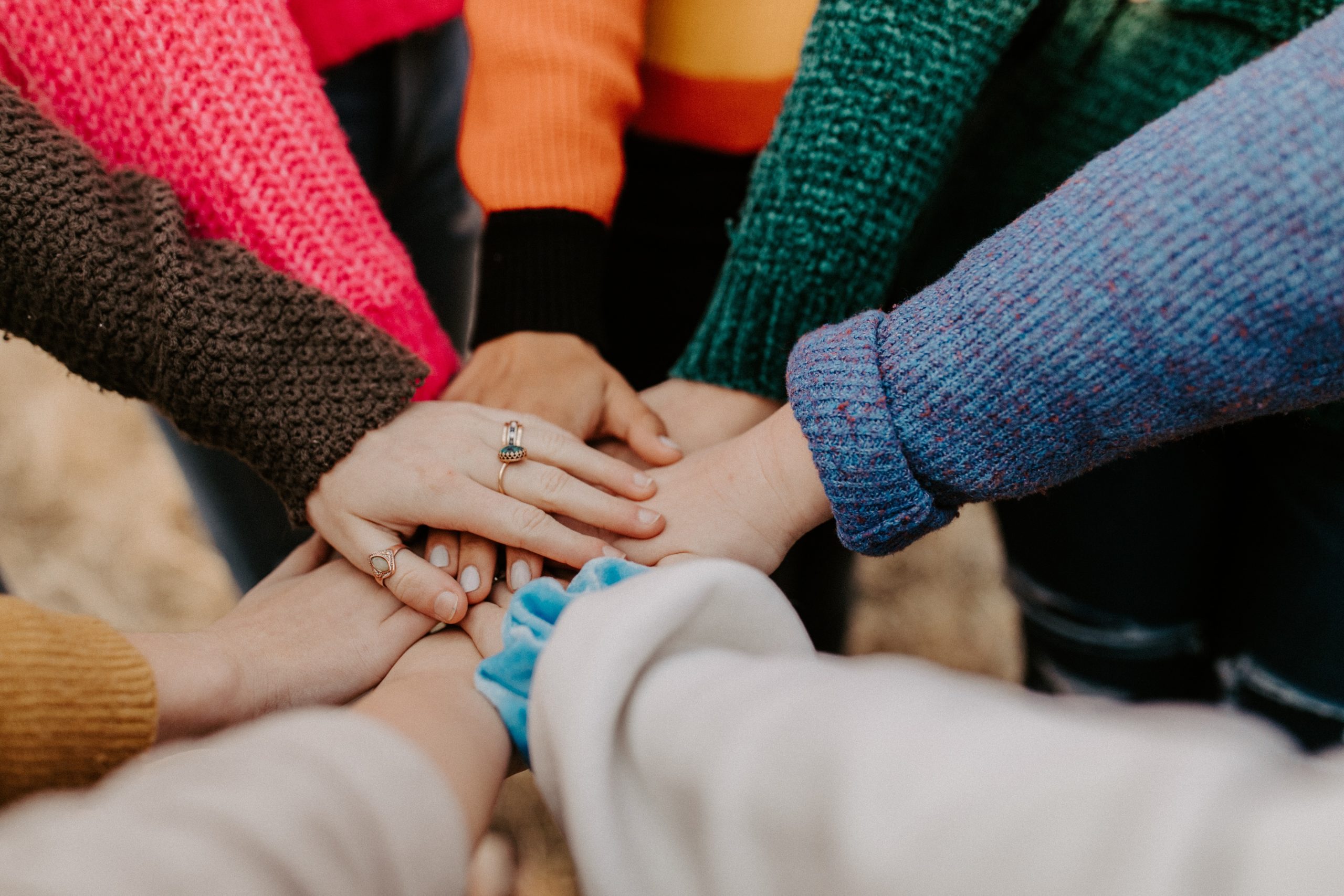Can we create an environment that fosters growth, acceptance, and mutual understanding among teenagers? It’s a tricky question, isn’t it? The good news is, with the power of group therapy, we can!
The Importance Of Group Therapy
The teenage years are a challenging time. They’re filled with change, uncertainty, and a desperate need for acceptance. Navigating this tumultuous phase can be easier when teens are part of a supportive community, something that group therapy effectively creates.
Benefits Of Group Therapy For Teens
Group therapy offers a safe space where teens can openly share their experiences, fears, and dreams. It’s not just about finding support but also gaining the confidence to support others. Moreover, it promotes empathy, boosts self-esteem, and teaches valuable communication and problem-solving skills.
Key Principles Of Effective Group Therapy Activities
There are several key principles that govern the effectiveness of group therapy activities.
Safety And Trust
For any group therapy activity to be successful, it’s crucial to establish a safe and trustful environment. The activities should encourage openness and vulnerability, and the teens must feel safe to express themselves without the fear of judgment or ridicule.
Communication And Connection
The activities should foster communication and connection among the group members. It’s through these connections that they learn to understand, empathize, and support each other.
Skill-Building
Group therapy should not just be a talking session but also a platform for teens to learn and practice new skills. Whether it’s communication, emotional intelligence, or problem-solving, the activities should equip teens with essential life skills.
Icebreaker Activities For Building Trust And Connection

Icebreaker activities are essential in group therapy as they help participants get to know each other, build trust, and establish a sense of connection. Here are a few icebreaker activities suitable for teens.
Name Game
Encourage introductions and help participants remember each other’s names by going around the group and sharing an interesting fact about themselves that starts with the same letter as their name.
Two Truths And A Lie
Promote openness and build connections through a fun guessing game. Each participant shares three statements about themselves, two of which are true and one that is false. The group then tries to guess the lie.
Common Ground Collage
Facilitate a sense of shared experiences and interests through a collaborative art activity. Provide magazines, scissors, glue sticks, and large sheets of paper. Participants cut out images or words that represent something they have in common and create a collage together.
Expressive Arts Activities For Self-Exploration And Communication
Expressive arts activities provide a creative outlet for teens to explore their emotions, express themselves, and communicate non-verbally. Here are some ideas for expressive arts activities.
Feelings Collage
Encourage self-expression and emotional awareness by having participants create a collage using images, colors, and words that represent different emotions they experience.
Guided Drawing
Utilize art as a tool for exploring emotions and personal narratives. Provide drawing materials and prompts that encourage participants to express their thoughts and feelings through drawings.
Writing Prompts
Stimulate self-reflection and communication through guided writing exercises. Provide prompts related to personal experiences, emotions, or future aspirations and encourage participants to write freely.
Role-Playing And Social Skills Development
Role-playing activities allow teens to practice social skills, problem-solving, and empathy within a supportive environment. Here are a few role-playing activities to consider.
Problem-Solving Scenarios
Encourage teamwork and critical thinking skills by presenting various social situations as role-play scenarios. Participants work together to find creative solutions and discuss different perspectives.
Empathy Circle
Cultivate empathy and active listening skills by creating a safe space where participants can share personal stories and experiences. Encourage the group to listen attentively and reflect on how they would feel in the speaker’s shoes.
Assertiveness Training
Promote healthy communication and boundary-setting through role-play activities. Assign different roles and have participants practice assertive communication techniques in various scenarios.
Mindfulness And Relaxation Activities For Stress Management
Mindfulness and relaxation activities help teens develop coping strategies and manage stress. Here are some activities to promote relaxation and mindfulness.
Guided Meditation
Teach relaxation techniques and foster mindfulness for stress reduction. Guide the group through a meditation session, focusing on breath awareness, body scan, or visualization.
Deep Breathing Exercises
Provide tools for self-regulation and emotional well-being by teaching different deep breathing techniques. Practice together as a group, focusing on slow, deep breaths.
Progressive Muscle Relaxation
Guide participants through a series of muscle relaxation techniques to promote calmness and reduce tension. Start from the head and work down to the toes, tensing and releasing each muscle group.
Support And Discussion Circles For Peer Connection

Support and discussion circles create a safe space for open dialogue, peer support, and sharing of personal experiences. Here are some ideas for support and discussion circles.
Topic-Based Discussions
Create a safe space for open dialogue and peer support on specific themes relevant to teenagers. Choose topics such as self-esteem, coping with stress, or managing relationships, and facilitate group discussions.
Personal Storytelling
Encourage vulnerability and foster a sense of belonging by providing an opportunity for participants to share personal narratives. This activity promotes empathy, understanding, and connection within the group.
Appreciation Circles
Promote positivity and gratitude by dedicating a session to expressing appreciation for one another. Encourage participants to share specific qualities or actions they appreciate about their peers.
Outdoor And Physical Activities For Team Building
Outdoor and physical activities help build teamwork, collaboration, and trust among group members. Here are some activities suitable for the outdoors.
Trust Walk
Build trust and teamwork through blindfolded guided walks. Participants take turns leading each other while blindfolded, relying on trust and communication.
Cooperative Games
Encourage collaboration and problem-solving through team-based outdoor activities. Engage in games such as scavenger hunts, relay races, or building challenges that require teamwork.
Nature Walk And Reflection
Combine the benefits of nature and physical activity with personal reflection exercises. Take the group on a nature walk and encourage participants to reflect on their surroundings, noting any observations or emotions that arise.
Conclusion
Group therapy activities for teens provide a supportive and empowering space for personal growth, connection, and emotional well-being. By incorporating icebreaker activities, expressive arts, role-playing, mindfulness practices, support circles, and outdoor activities, therapists and facilitators can create a nurturing environment where teens can develop coping strategies, enhance social skills, and build meaningful connections with their peers. These activities foster a sense of community and provide valuable tools for teenagers to navigate the challenges they face. By implementing effective group therapy activities, we can empower teens to thrive and create a supportive community that uplifts and supports their well-being.
Hey welcome to my blog . I am a modern women who love to share any tips on lifestyle, health, travel. Hope you join me in this journey!

Speak Your Mind